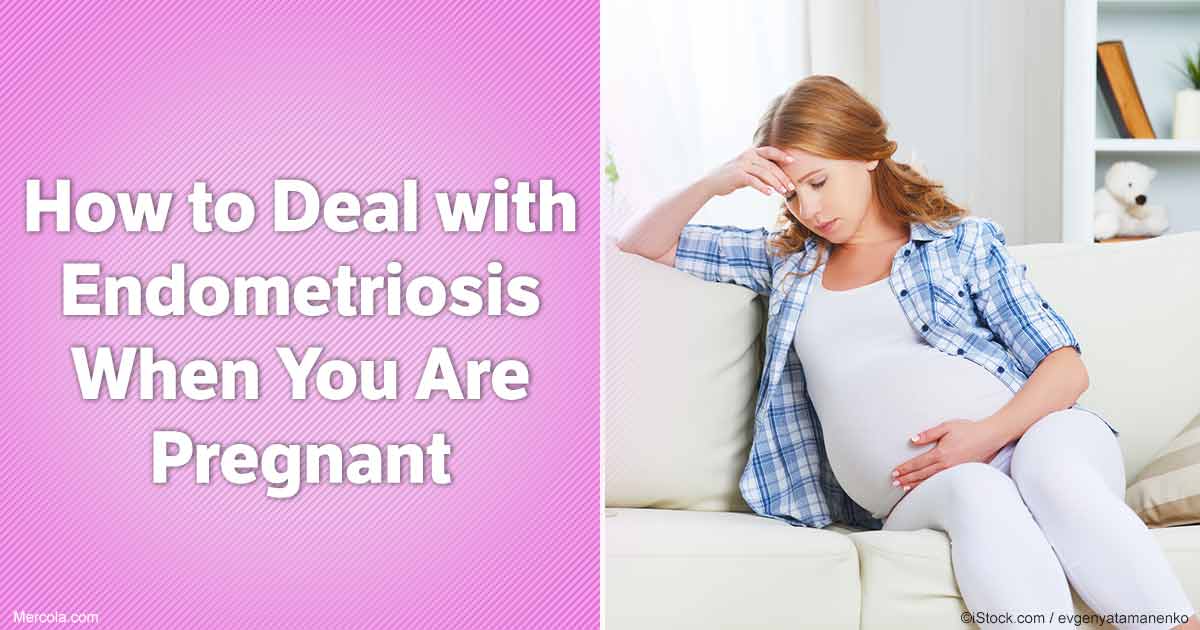If you've been diagnosed with endometriosis you might recall that the condition is present in four phases.
You may also be aware that endometriosis may be difficult to treat in the later stage of the illness and the symptoms can cause infertility and an increased risk of developing reproductive cancers later in life. You can learn more about endometriosis symptoms at https://endometriosisassn.org/about-endometriosis/endometriosis-symptoms.

Image Source: Google
In the first phase, or minimal endometriosis will score around 5 points, during which there are only isolated instances of the lining of the endometrial gland growing outside of the uterus.
In Phase 2 or moderate endometriosis, women can be evaluated up to 15 points. They will also have tiny endometrial implants that are outside of the infected uterus. They also have certain areas of adhesives, scar tissue, or adhesions.
In Stage 3 or moderate endometriosis, women can be able to measure as high as 40 points. They are likely to be carrying implants that weigh heavy. Alongside, there are several areas in which scar tissue and adhesions are all prominent.
In the end, Stage 4 or severe endometriosis is when females score over 40 points during the identification process and are often the case when they are infertile. Additionally, they may have numerous implants and huge adhesions to the endometrial tissue within their bodies.
